Breadcrumb
Facilities & Collections
Our department boasts specialized equipment, impressive collections, and laboratory resources that support classroom instruction and a wide range of opportunities for undergraduate and graduate research.
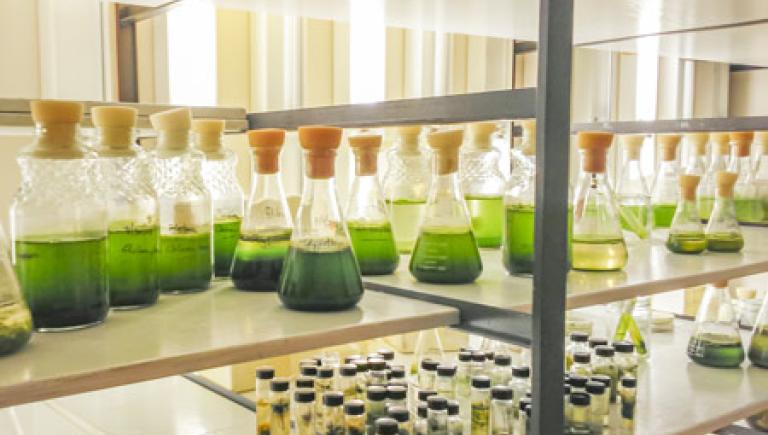
Algal Culture Facility
The Algal Culture Facility is in the Department of Biological Sciences at Cal Poly Humboldt. This space is used to grow algal samples for different botany courses to support students' learning about these organisms.

Biological Sciences Computing Facility
The Biological Sciences Computing Facility supports cutting edge bioinformatics training and research. Equipment includes Mac and Windows machines, Linux virtual machines and a Linux-based server.
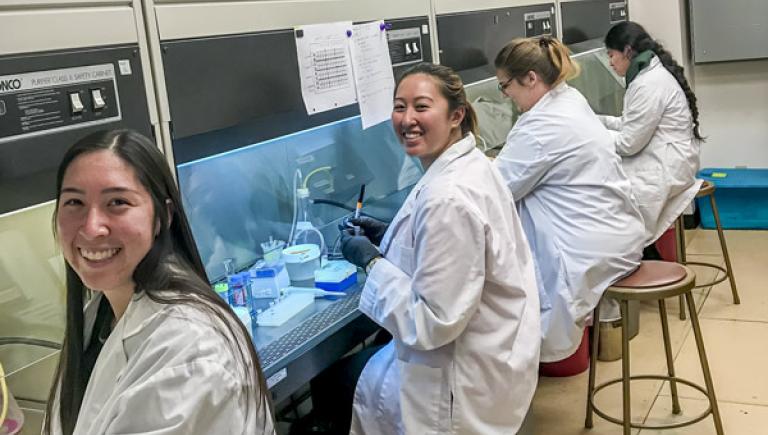
Biotechnology Facilities
The Biotechnology Laboratory supports state-of-the-art instruction in Cell Biology, Genetics Laboratory, Immunology, and Biotechnology. Major equipment and facilities include ultrafreezers, walk-in cold room, thermal cyclers, microplate reader, laminar flow hoods, inverted microscopes, and computers, and mammalian cell culture capabilities.
Video: Explore the Cell Culture Facilities
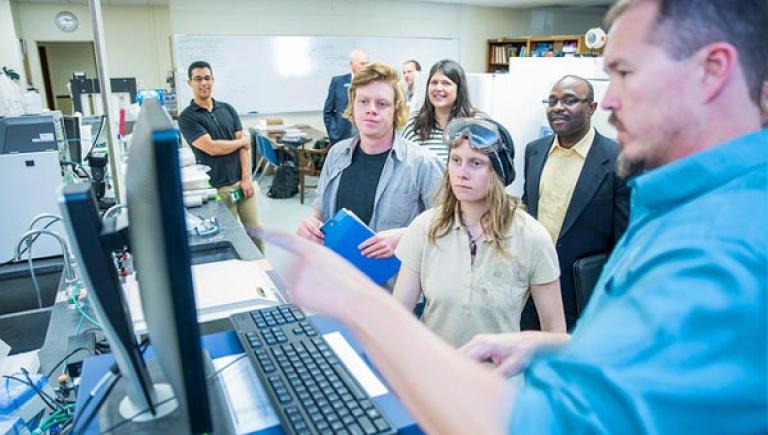
Core Research Facility
These spaces are used by a variety of academic disciplines, and provide specialized equipment and instrumentation, and bench space for training and research projects.
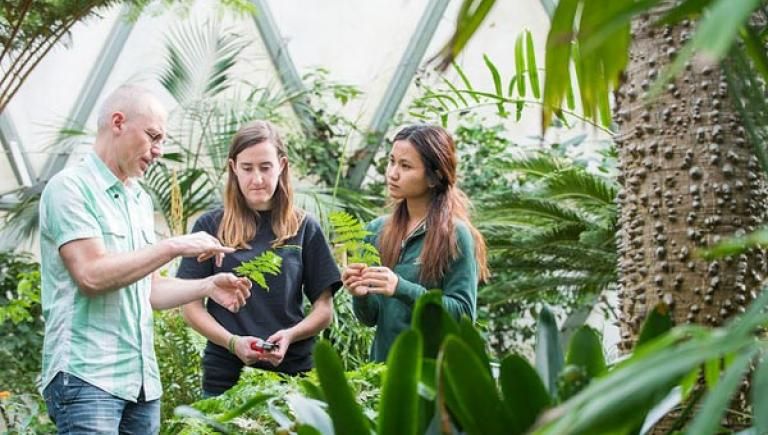
Dennis K. Walker Greenhouse
This is one of the largest teaching collections of living plants in California, with 11,500 square feet of instructional display space and supporting facilities, and more than 1,000 plant species in 187 families.
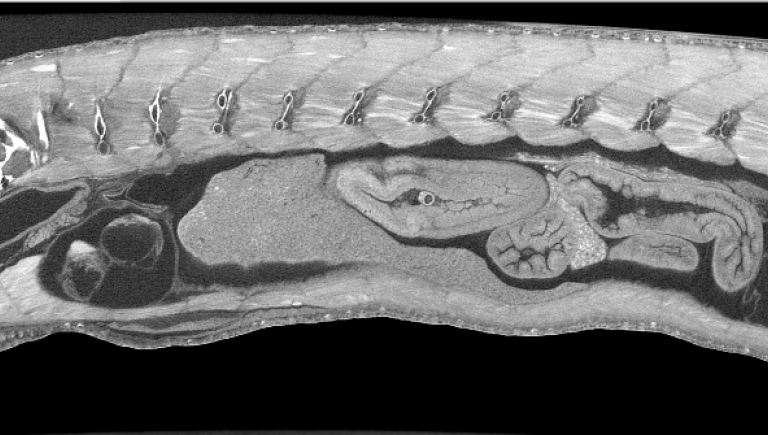
MicroCT Scanner
The Nikon XTH 225 MicroCT Scanner enables Humboldt students and researchers to reconstruct the internal structures of all sorts of organisms, including plants, animals, fungi, and even fossils. By passing X-rays through a rotating specimen, the machine creates thousands of images that are then used to generate 3D objects. These 3D models are then used for a diverse range of morphological and biomechanical applications and analyses.
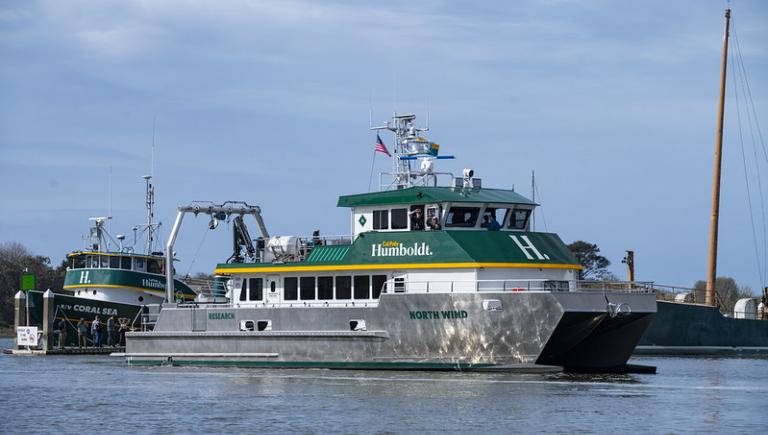
R.V. North Wind
In March 2025, Cal Poly Humboldt welcomed its newest research vessel, the R/V North Wind, into Humboldt Bay. The R/V North Wind traveled approximately 550 miles from Bellingham Bay, Washington, where it underwent various tests and sea trials for fine-tuning.
The R/V North Wind is a 78-foot by 28-foot custom-built aluminum catamaran, powered by twin 1100-horsepower Tier 4 engines, allowing it to travel at speeds of up to 24 knots. The vessel can carry up to 40 students, faculty, and crew on day trips and accommodate up to 14 people on multi-day research voyages. It is equipped with various hydraulic deck machinery capable of handling up to 5,000 pounds of oceanographic equipment and instrumentation.
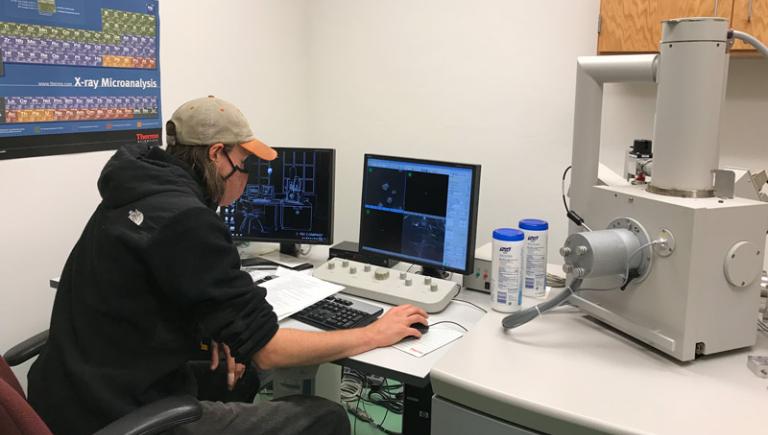
Scanning Electron Microscope
A Scanning Electron Microscope (SEM) makes high magnification images with a scanning electron beam. Our SEMs are used by faculty and advanced students in the biological sciences, geology, and natural resources to examine the surface structure of organisms and other natural objects.
VIDEO: Introduction to the Scanning and Transmission Microscopes
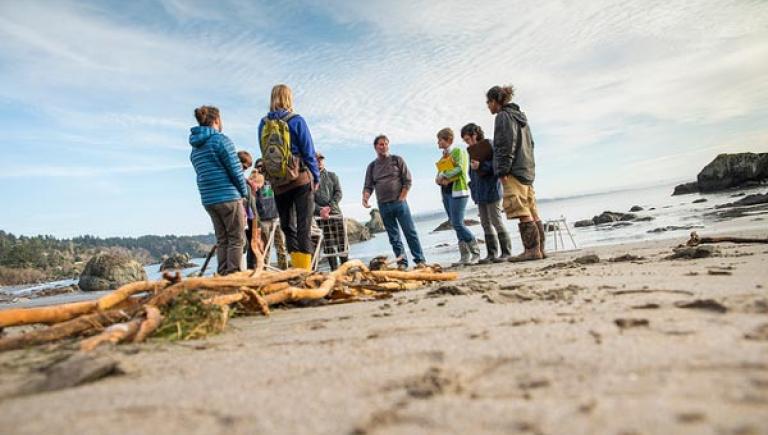
Telonicher Marine Laboratory
Just minutes from campus, the lab for marine education and research includes a system that recirculates seawater, a remotely operated underwater vehicle, a wet laboratory for rearing marine invertebrates and fishes, and a culture room for larval invertebrates and algae.
VIDEO: Explore the Telonicher Marine Lab
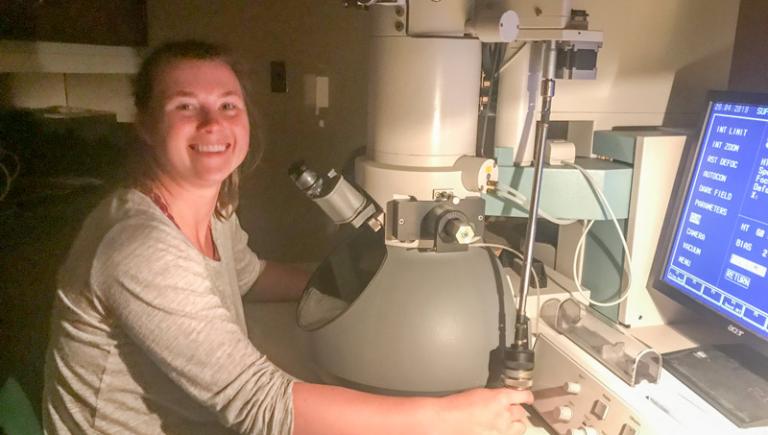
Transmission Electron Microscope
The Transmission Electron Microscope generates extremely highly magnified images of small objects (such as bacteria or viruses) or of ultra-thin sections of larger material through the use of a concentrated electron beam. Magnifications of greater than 100,000x are possible.
VIDEO: Introduction to the Scanning and Transmission Microscopes

Vascular Plant Herbarium
This facility has 105,000 mounted plant specimens, with an emphasis on the flora of northwestern California. The Herbarium provides hands-on learning, research opportunities, and professional development in plant collecting and identification, curatorial protocols, and taxonomy.
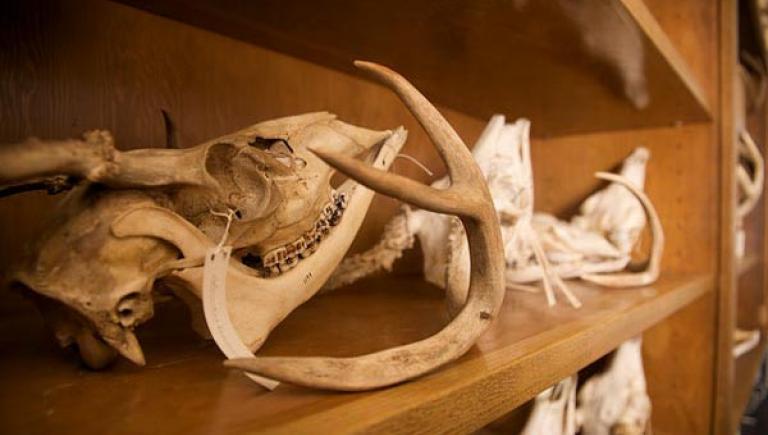
Vertebrate Museum
The second largest museum of its kind in the California State University system, the vertebrate museum houses more than 15,000 specimens, including skins and skeletal material from a variety of terrestrial, aquatic, marine, and volant mammals.






